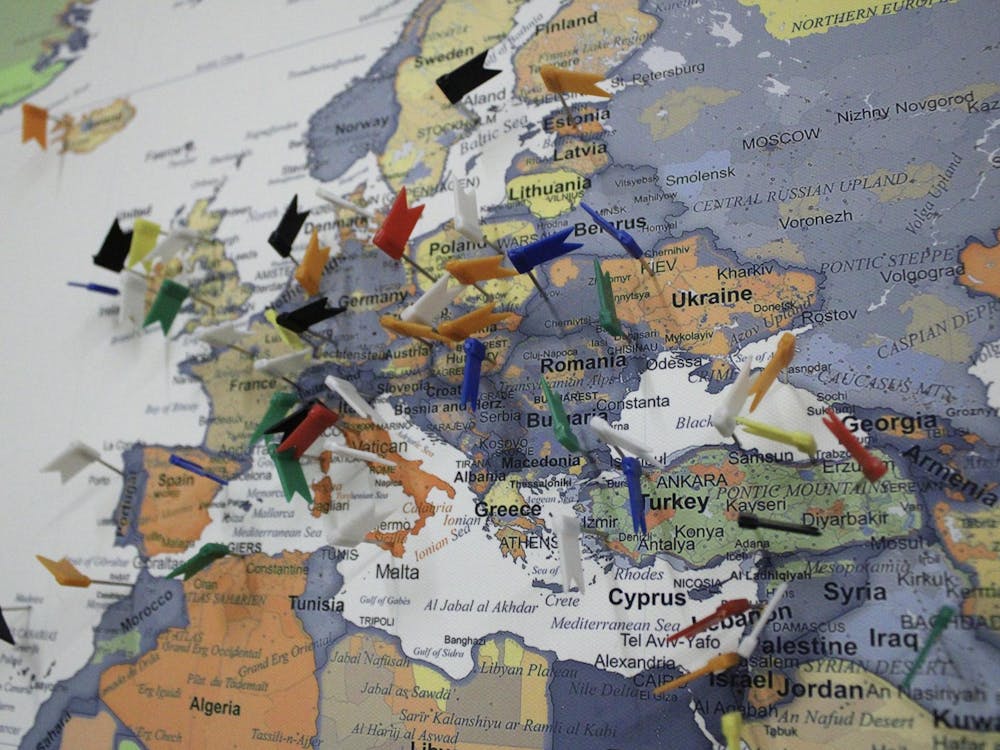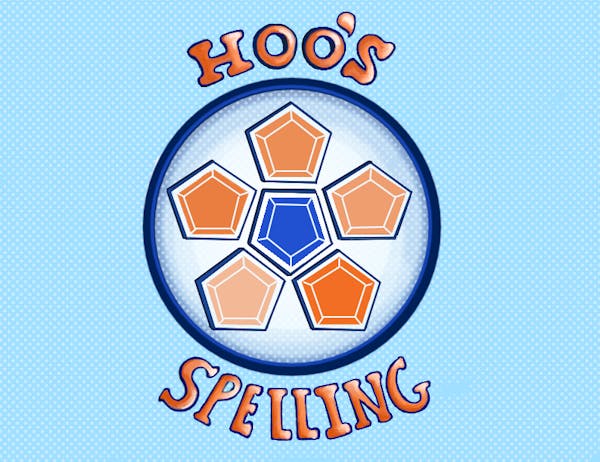IT IS CLEAR that some of the folks who commented on Katelyn Krause's guest column ("Would you dress as Auschwitz for Halloween?" Nov. 3) have problems understanding certain terms and perhaps even more trouble with critical thinking, or at least with respectful debate.
Krause is the communications and outreach chair for the American Indian Student Union (AISU). She wrote a guest viewpoint about a University fraternity's "Cowboys and Indians" themed Halloween party. She was a little upset about this theme. She was more upset that someone allegedly came to the party dressed as the Trail of Tears. Krause explained that the Trail of Tears was the "forced relocation of about 100,000 Cherokee, Choctaw, Chickasaw, Creek and Seminole Indians. The members of these tribes were made to walk thousands of miles from their homes east of the Mississippi River and restart their lives in present-day Oklahoma. Approximately 4,000 of the 15,000 Cherokee Indians forced to relocate died on the journey."
Krause wrote that the AISU is hoping something good can come out of someone having a good time making light of genocide.
"We hope to use this ill-conceived costume party as a launching point for encouraging students to respect a nearly forgotten race of people," Krause wrote. "We hope that readers understand that our only desire is to educate the University population of Native American history, in the hopes that in the future each individual will be able to form his own opinions about what actions cross the line into racism."
A similar incident occurred two years ago. According to Krause, everyone involved agreed that the goings on at the previous frat party were offensive and that they should not happen again. Despite this unnamed fraternity's "blatantly disregarding requests from the Inter-Fraternity Council and the Minority Rights Coalition to not host parties with said theme," Krause seemed much more interested in educating than punishing.
It was a reasoned and reasonable response.
The online responses to Krause's column were not so reasonable. Some of them did not even understand what they were addressing. One commenter called Krause's piece "sensational journalism." Someone signed on as "Anonymous" wrote: "This is terrible journalism... This seems dangerously close to libel to me." "Anonymous" clearly misunderstands the definitions of both "journalism" and "libel."
What Krause wrote was a guest opinion column. Such a thing is - as the name suggests - the opinion of a guest, not the writing of a newspaper staff member. Think of if as a big letter to the editor. Krause is not a journalist and her work is not presented as journalism. It is her opinion.
Libel requires publication, identification and defamation. Krause's opinion was certainly published, but she did not identify anyone. By her own words, she and her organization are much more interested in educating than they are in embarrassing or ridiculing. Anyone who cannot see that probably did not read too far past the headline.
The Trail of Tears was not the first - or the last - atrocity committed against the people who were here before many. Thomas Jefferson wrote in his "Notes on the State of Virginia" that when Jamestown was established "the country from the sea-coast to the mountains, and from Patowmac to the most southern waters of James river, was occupied by upwards of forty different tribes of Indians."
Now the state recognizes considerably fewer: the Patawomeck, Nottoway, Monacan, Nansemond, Upper Mattaponi, Rappahannock, Eastern Chickahominy, Chickahominy, Pamunkey, Mattaponi and the Cheroenhaka. American Indians nearly disappeared from Virginia, and not just because of disease and firepower carried by European setters. Bureaucrat Walter Plecker's zealous enforcement of Virginia's Racial Integrity Act nearly erased American Indians from the commonwealth's public records, reclassifying them as "colored" in their birth and marriage certificates.. The act's primary purpose was to keep blacks and whites from mingling their blood through marriage. To do that, there had to be exacting records of who was white and who was not.
In a 2004 story about Plecker published in The Virginian-Pilot, Warren Fiske wrote: "Plecker saw everything in black and white. There were no other races. There was no such thing as a Virginia Indian. The tribes, he said, had become a 'mongrel' mixture of black and American Indian blood.
"Their existence greatly disturbed Plecker. He was convinced that mulatto offspring would slowly seep into the white race. 'Like rats when you're not watching,' they 'have been sneaking in their birth certificates through their own midwives, giving either Indian or white racial classification,' Plecker wrote."
According to Fiske's article, "Plecker's racial records were largely ignored after 1959."
This is not ancient history, but it is history that is not widely known. Yet it should be. Maybe those insensitive frat boys have unwittingly created an opportunity for some education.
Tim Thornton is the ombudsman for The Cavalier Daily. He can be reached at ombud@cavalierdaily.com.






